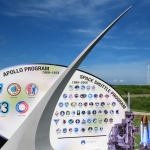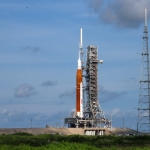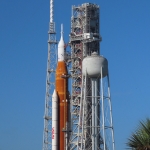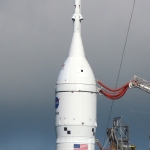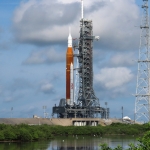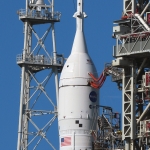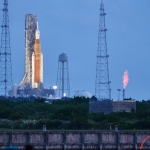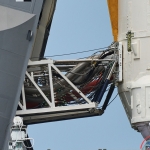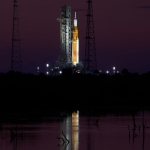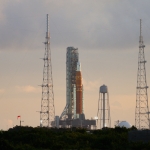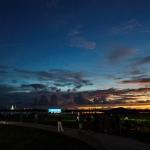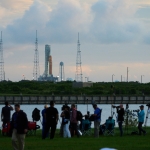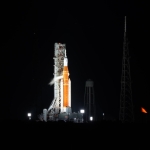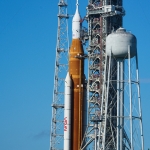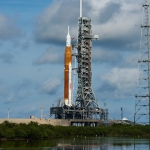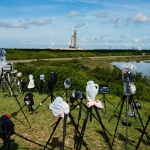What's On Board: Artemis I
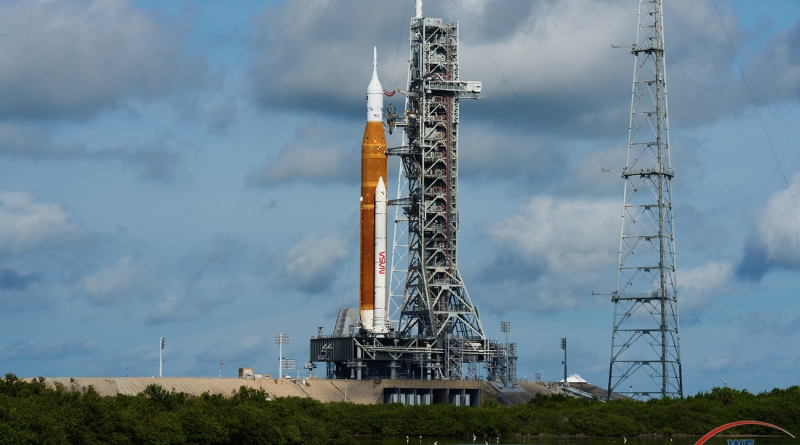
What do you do with a passenger vehicle when there are no passengers? NASA is not going to let that space be wasted so they have determined a large number of science and exploratory packages should be onboard instead. This first Orion Lunar orbit mission will include several test manikins and numerous CubeSats. In addition to the “cargo,” this flight is intended to test all of the systems including navigation, propulsion and re-entry.
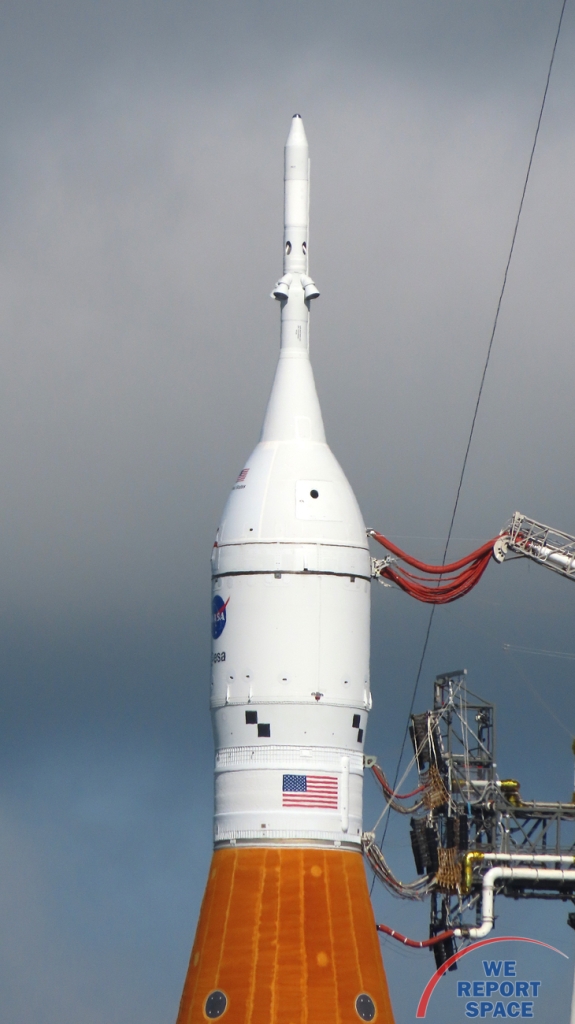
For long-duration flights Orion will typically be configured with four seats. For Artemis 1 there will only be one actual seat, the Commander or "Seat 1" position. According to NASA’s Artemis reference guide that seat, "will be occupied by a male-bodied manikin equipped with a spacesuit and two sensors to test radiation impacts that could affect a human body.” The Commander has been named Moonikin Campos. In addition there will be two sensors under the headrest and seat to record acceleration and vibration data during the mission. Also under the commander's seat will be lockers carrying the 'official flight kit’ of mementos for this trip around the moon and back to earth.
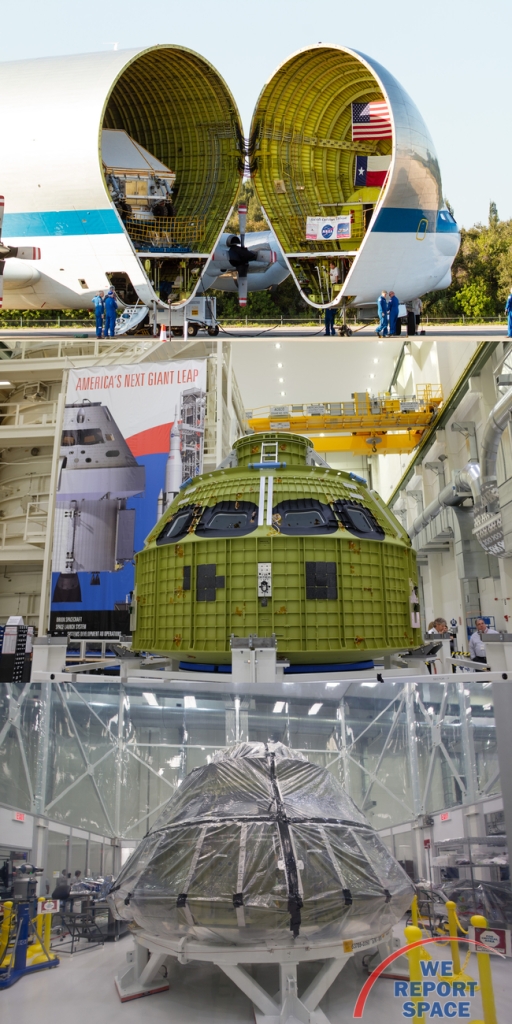
In place of the Pilot seat or seat number two will be mass simulator plates to also test seat vibration with accelerometers. The other two seats will also be occupied with manikins or phantoms. These two travelers will be outfitted to study radiation levels during the mission, evaluate a radiation protection vest on the phantom farthest from the access hatch, and again study vibration. This lower position vibration test will be done at the seat position closest to the access hatch and compared to the seat 1 data. During splashdown all accelerometers will measure the impact which will then be compared to the data from the Langley Research Center data.
The Orion Stage Adaptor, the ring connecting the Orion System to the upper stage of the Space Launch System rocket (SLS), will accomodate 10 CubeSats, also known as Secondary Payload. Future trips could carry as many as 17 CubeSats with one additional slot for avionics to control deployment. All of the CubeSats will be designed to fit either six or twelve units of 10 cm by 10 cm by 10 cm of volume and for this particular voyage all CubeSats will be 6U or units of 10 x 10 x 10. Some of the CubeSats on this mission are lunar focused, others will be testing new propulsion technologies, studying space weather, analyzing radiation and its effects on organisms and providing high resolution images of earth and the moon.
- OMOTENASHI (Outstanding MOon exploration Technologies demonstrated by NAno Semi-Hard Impactor) A Japanese design, will attempt to make a controlled landing on the surface of the moon and become Japan's first landing on the moon as well as being the smallest lander on the moon. The objectives are to test technologies and maneuvers for landing on another planet.
- Argomoon, an Italian project, will take high resolution images of the in-space stage of the SLS and eventually earth and the moon. It will also test optical communication back to earth and a hybrid micropulsion system.
- BioSentinel, a NASA Ames project, will be the first long duration biology experiment in deep space as well as studying biological responses to space radiation. Bio Sentinel will enter a Solar orbit after a Lunar fly-by. The tests will be conducted using yeast cells and a NASA developed radiation detection instrument. Similar experiments will also be taken on board the ISS and on earth for comparative purposes.
- LunaH-Map (Lunar Polar Hydrogen Mapper)was developed by Arizona State University and will measure the distribution and amount of hydrogen throughout the Moon's South Pole. One result of this study will be the determination of the amount of available ice.
- LunIR developed by Lockheed Martin will conduct a Lunar fly-by and gather infrared data about the Lunar surface and it’s environment. This data will "help fill in knowledge gaps related to transit and long-duration exploration to Mars and beyond.
- CuSP, a project of Southwest Research Institute, will be deployed for an interplanetary mission to study the particles and magnetic fields that stream from the sun. While orbiting the Sun it will utilize three instruments for measurements of incoming radiation and the magnetic field. These studies may help with our knowledge about interference with radio signals, satellite electronics difficulties and the creation of electronic currents in power grids. It is probable that CuSP will be able to observe these events several hours before they hit Earth.
- Team Miles CubeSat was developed by Miles Space in partnership with Fluid & Reason LLC, a software developer, to demonstrate propulsion using plasma thrusters which use low-frequency electromagnetic waves.
- EQUULEUS (EQUilibriUm Lunar-Earth point 6U Spacecraft) developed by JAXA and the University of Tokyo will travel to the Earth-Moon Lagrange point 2 to demonstrate trajectory control techniques within the Sun-Earth-Moon region and gather images of the Earth’s plasmasphere. The plasmosphere is a region within earth’s magnetosphere just above the troposphere.
- Lunar IceCube is NASA’s water scouting CubeSat which will hitch a ride on the Artemis 1 mission. It will use a spectrometer to study the Regolith on the moon’s surface, and the very thin Lunar atmosphere to map changes in the absorbtion and release of water.
- NEA Scout is a Space Kite. Actually, Near Earth Asteroid Scout is a CubeSat which will deploy a Solar Sail approximately the size of a Racquetball court. The sail is an aluminum coated membrane and will catch the Solar Wind to propel the CubeSat in order to study a small asteroid designated NEA 2020 GE. The asteroid is smaller than a schoolbus and will be the smallest asteroid ever visited by a spacecraft. The camera used to study the asteroid has a resolution of 10 centimeters and will determine whether the object is a solid, boulder-like, object, or is a clump of material like larger asteriods such as Bennu. During the mission NEA Scout will also determine the object’s size, rotation and surface properties as well as search for dust and debris surrounding it.
For more information, visit NASA's Artemis I guide for all your up-to-the-minute mission information.
Photos

Stunning, full color photo book covering every east coast launch spanning 2014-2015, including the first-ever powered landing of a SpaceX Falcon 9 rocket.
More Info